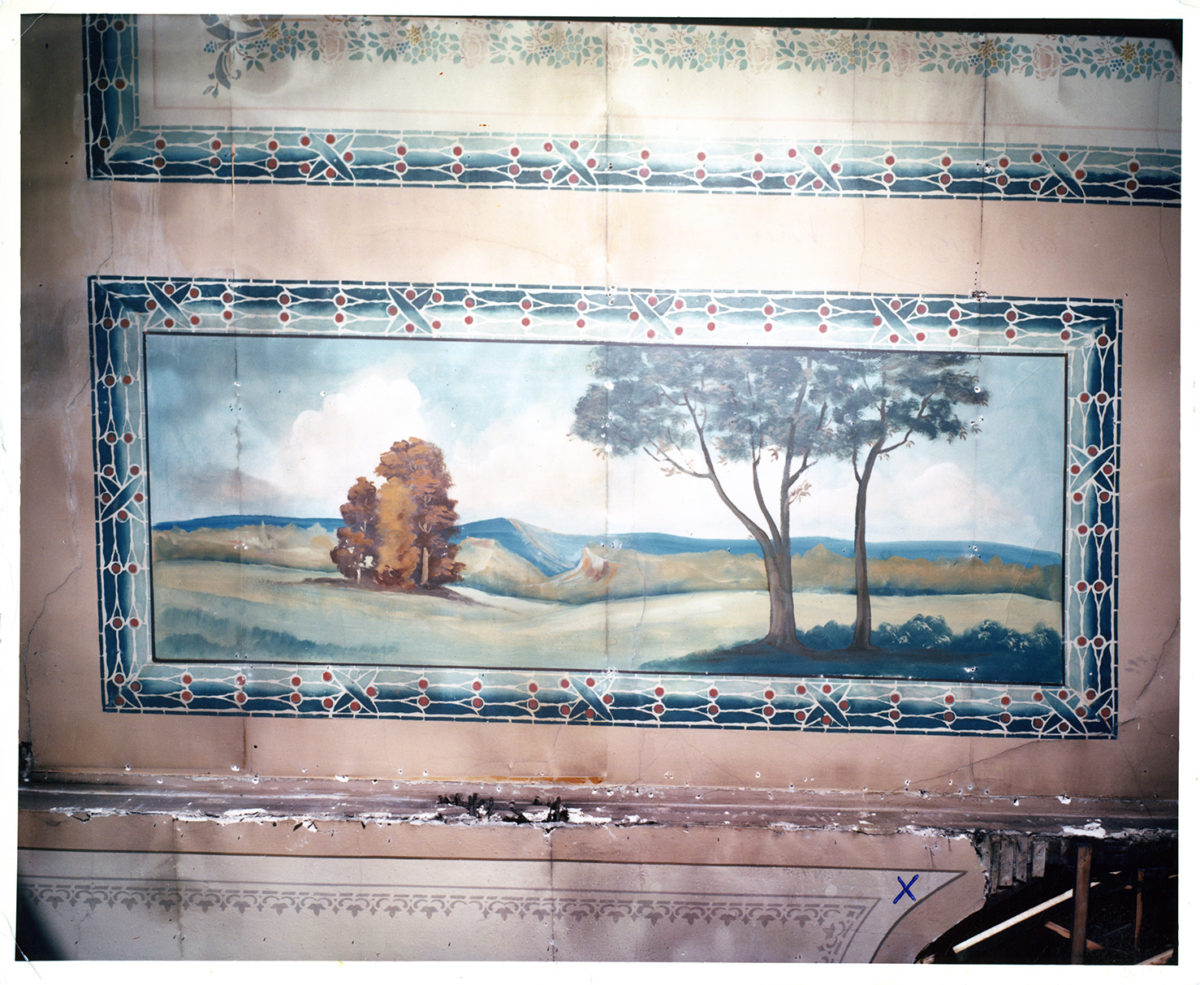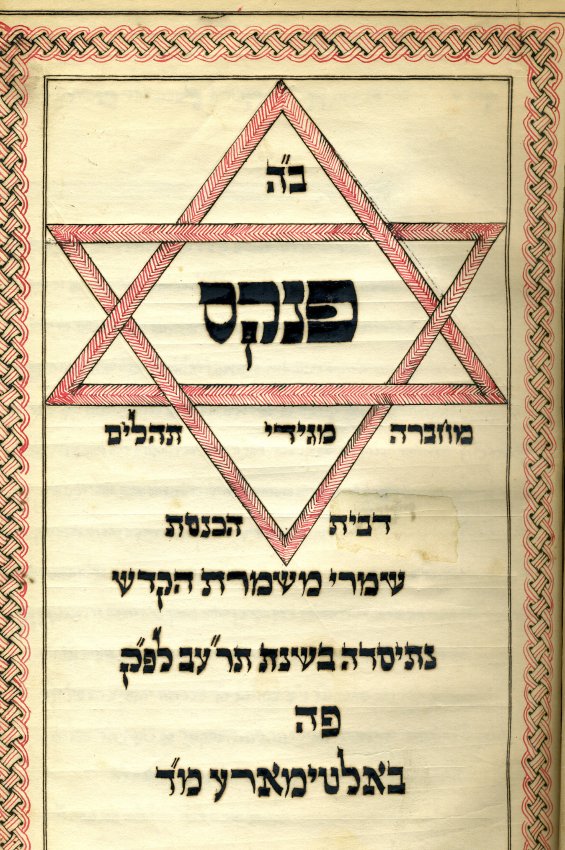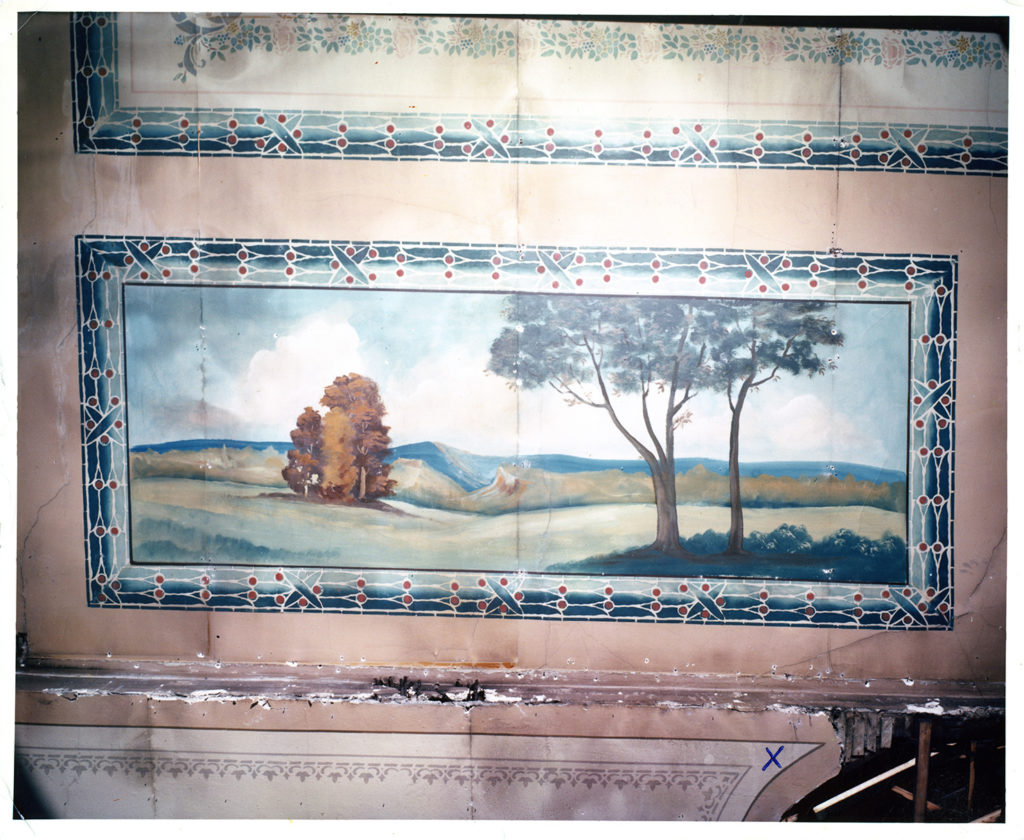Ask Our Docents: A Blog Series Part II

On October 1st, 2020, JMM celebrated a momentous anniversary. The Many Lives of Lloyd Street: A Synagogue Celebrates 175 Years featured memories, stories, and statements from a host of characters with a connection to Maryland’s oldest synagogue. During the presentation, guests were able to submit their questions about this one-of-a-kind landmark. Our volunteer Docents have shared their answers in this month’s Ask Our Docents blog post.
Interested reading more Ask Our Docents posts? Check out Part I. A special thank you to our Docents who have shared their insights to the questions below. Do you have a question about the Lloyd Street Synagogue that you would like to ask our docents? Send it to Paige at pwoodhouse@jewishmuseummd.org.
Please note that some answers have been edited for clarity and length.
Question: When the synagogue became a church used by the Catholics, where did the synagogue members go to worship? (Asked by Patty)
JMM Docents David and Ted both shared their answers to this question. Docent Ted stated that after selling the Lloyd Street Synagogue to Lithuanian Catholics in 1889, the congregation, Baltimore Hebrew Congregation, worshipped in a vacant church. Docent David added that the church was the First Methodist Church located at Charles and Fayette Streets until 1891. In 1891, the Baltimore Hebrew Congregation moved when their new synagogue was built on Madison Street near Bolton Hill.

Minute book of the Chevra T’hillim Society (Psalm Society) of the Shomrei Mishmeres Congregation, in Yiddish and Hebrew, including by-laws and listing officers, 1912-1927, some yahrzeits, and the Ladies Society, 1912. JMM 1988.39.1.
Question: How long did the Shomrei Mishmeres HaKodesh Congregation worship in the Lloyd Street Synagogue? (Asked by an Anonymous Attendee)
Shomrei Mishmeres had been founded in 1892 by Hasidic Jews from Vohlynia (or Wolin), Ukraine.
JMM Docent Michael answered that the congregation worshipped in the Lloyd Street Synagogue from 1905-1963.
During the 1890s, the area around the Lloyd Street Synagogue became an East European Jewish immigrant enclave with many small shuls. Yet the neighborhood’s most historic synagogue building served as a Catholic church, called St. John’s Lithuanian Catholic Church. When St. John’s congregation decided to move out, members of Shomrei Mishmeres seized the opportunity to restore the building to its original purpose. They purchased it and reconverted it back into a house of Jewish worship. Led by esteemed Rabbi Avraham Nachman Schwartz, Shomrei Mishmeres thrived for three decades as a bastion of traditional Judaism in a rapidly changing society.
With Rabbi Schwartz’s death and the movement of Jews out of East Baltimore, Shomrei Mishmeres’ membership began to decline in the 1940s. By 1960, the few remaining members faced a deteriorating building, a lack of finances, and their own advanced age. When preservationists in the Jewish community approached them, they sold the building to the Jewish Historical Society of Maryland in 1963.

Question: I understand the landscape painted walls and ceiling were covered over when the building became a museum. Were the paintings preserved or were pictures taken of those paintings? (Asked by Deb)
JMM Docent Lois reached out to her brother, Don, who has a personal connection to the Lloyd Street Synagogue. A few years prior to 1963 and Jewish Historical Society (JHS) beginning the restoration of the synagogue, Don had a class assignment to complete. This assignment had him tasked with creating working architectural drawings of a local historic building. The current head of the Maryland Historical Society suggested that he focus his efforts on the Lloyd Street Synagogue. Don, his mom, and a family friend visited Lloyd Street and measured the synagogue building using tape measures. When Lois spoke with Don about his memories of this experience, he shared that at that point in time what he remembered was just color and design visible on the walls and ceiling.
Historic preservation involves making choices. The JHS wanted to restore the building to its appearance during the time the Baltimore Hebrew Congregation worshipped there. The Society did leave some later alterations in place. However, this did not include the murals. In JMM’s Synagogue Speaks exhibit there is a quote from one of the Society’s leaders who recounted, “The old ceiling had been painted with rather crude murals, depicting a Holy Land landscape. As these murals evidently dated from a period after 1900, and were therefore not part of the original synagogue, no attempt was made to preserve them.”
While the previously quoted Society member referred to the murals as “crude,” another quote in JMM’s archives reflects a different opinion. David Miller, who was a member of Shomrei Mishmeres (and son of Tobias Miller) wrote a letter in 1986 to Bernard Fishman, the then-Director of the Jewish Historical Society of Maryland). The letter states: “[h]ow vividly I recall as a little boy, looking up at the high ceiling at the beautifully painted biblical scenes that covered the area above the women’s gallery on all sides of the Synagogue.”

Question: It is common for a synagogue to be named after a street? (Asked by Richard)
JMM Docent Michael answered that often synagogues are commonly known by their locations (e.g. Glen Ave Shul) although these are often not their legal names. Executive Director Marvin (who can often be found leading tours) chimed in that it depends how many shuls there are in the community. The Bolton Street Synagogue in Baltimore and the Eldridge Street and Park Avenue Synagogues in New York are prime examples. But Marvin would also bet there are few instances of synagogues named after streets in places like York, PA or Cumberland MD.
Michael made an excellent observation that Nidche Israel, later Baltimore Hebrew Congregation, at some point in their history began to refer to the Synagogue as the Lloyd Street Synagogue.
Michael shared, “although I have no reference to support this, I think they also adopted this new name because it sounded very “American”. The German Jews were very concerned that they be accepted as Americans. They built their synagogue in the “American” style (Greek Revival) and did not adorn the outside with anything indicating it was a synagogue (e.g. no name, no star of David, no Ten Commandments).”

This blog series is shared as part of our year-long 175th Lloyd Street Synagogue anniversary celebrations. Keep an eye out for next month’s addition! Interested in learning more about the Lloyd Street Synagogue? Visit JMM to see our temporary lobby exhibit The Lloyd Street Synagogue at 175.
